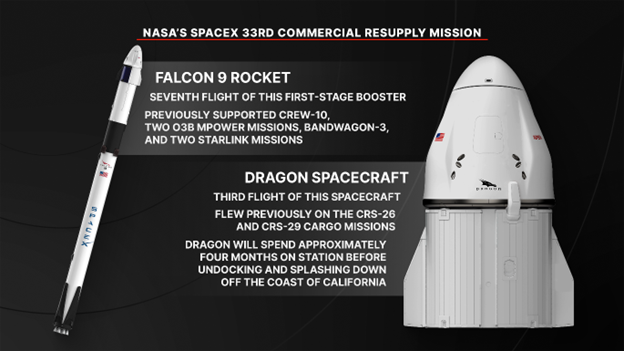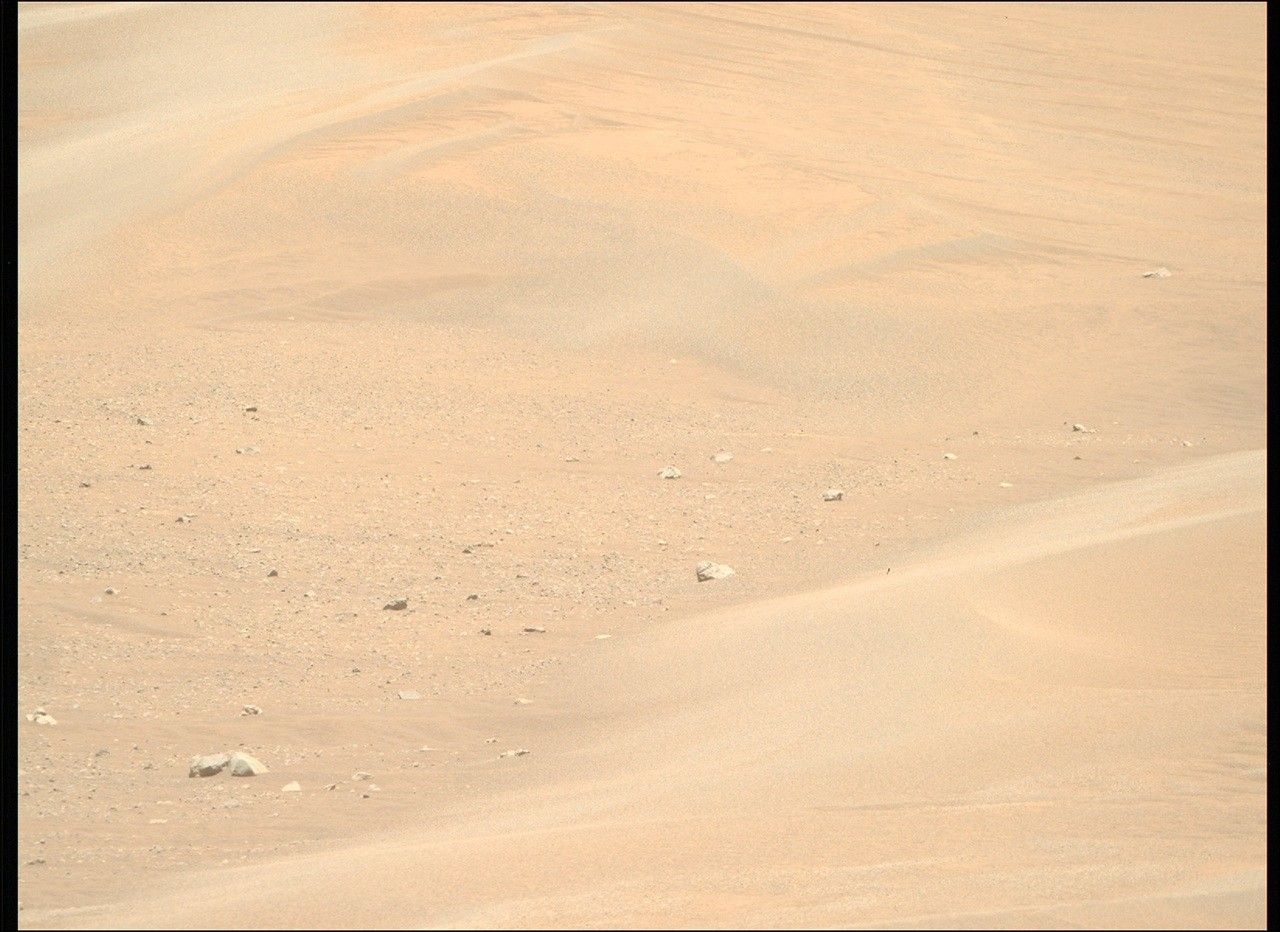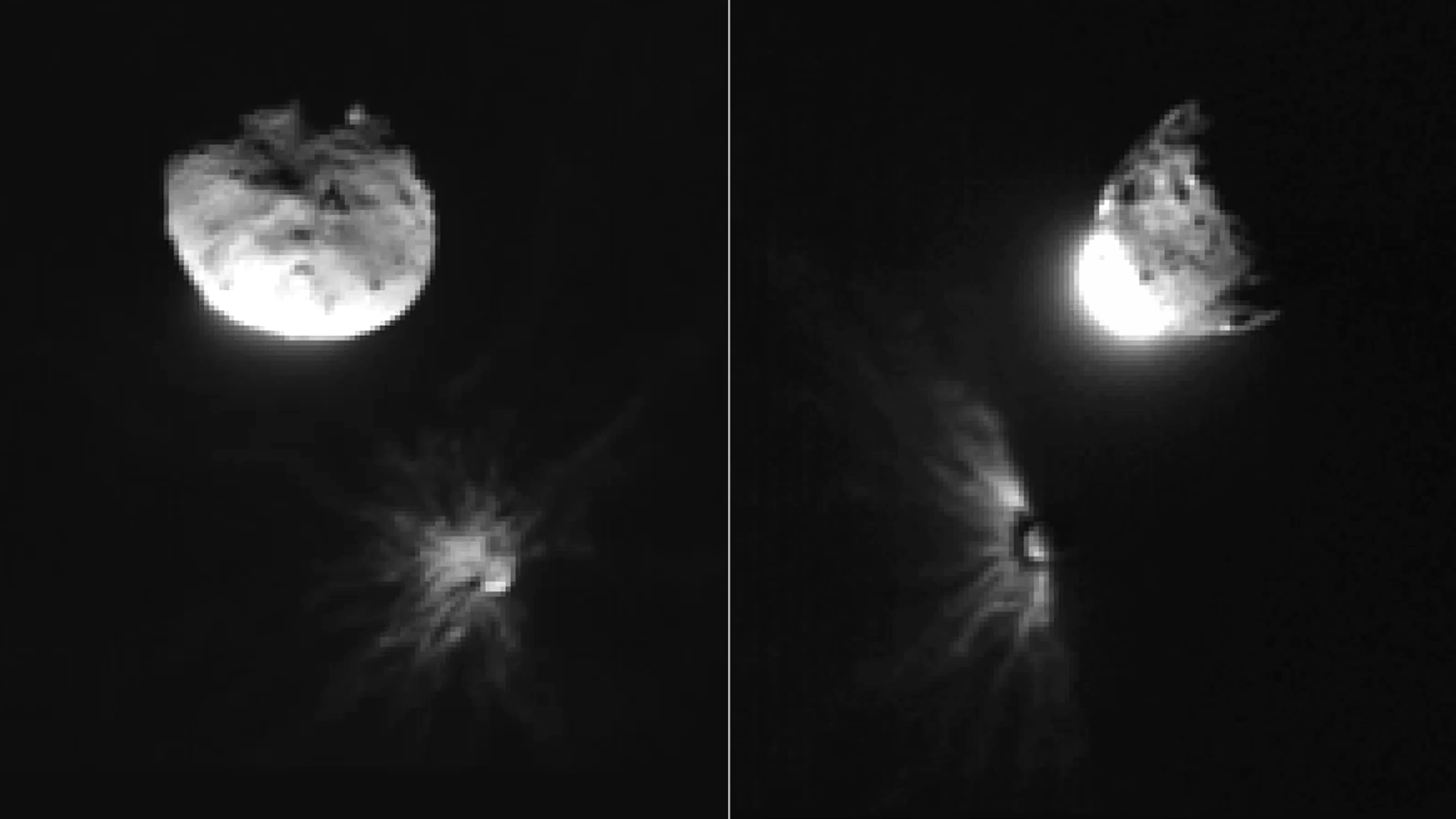NASA’s SpaceX 33rd Commercial Resupply Mission Overview

NASA’s SpaceX 33rd Commercial Resupply Mission Overview
NASA and SpaceX are targeting no earlier than 2:45 a.m. EDT on Sunday, Aug. 24, for the next launch to deliver scientific investigations, supplies, and equipment to the International Space Station.
Filled with more than 5,000 pounds of supplies, the SpaceX Dragon spacecraft, on the company’s Falcon 9 rocket, will lift off from Launch Complex 40 at Cape Canaveral Space Force Station in Florida. Dragon will dock autonomously about 7:30 a.m. on Monday, Aug. 25, to the forward port of the space station’s Harmony module.
This launch is the 33rd SpaceX commercial resupply services mission to the orbital laboratory for the agency, and the 13th SpaceX launch under the Commercial Resupply Services-2 contract. The first 20 launches were under the original resupply services contract.
Watch agency launch and arrival coverage on NASA+, Netflix, Amazon Prime, and more. Learn how to watch NASA content through a variety of platforms, including social media.
NASA’s live launch coverage will begin at 2:25 a.m. on Aug 24. Dragon’s arrival coverage will begin at 6 a.m. on Aug. 25. For nearly 25 years, the International Space Station has provided research capabilities used by scientists from over 110 countries to conduct more than 4,000 groundbreaking experiments in microgravity. Research conducted aboard the space station advances Artemis missions to the Moon and human exploration of Mars, while providing multiple benefits to humanity.
The SpaceX Dragon spacecraft will arrive at the space station and dock autonomously to the forward port of the station’s Harmony module at approximately 7:30 a.m. on Monday, Aug. 25. NASA astronauts Mike Fincke and Jonny Kim will monitor the spacecraft’s arrival. It will stay docked to the orbiting laboratory for about four months before splashing down and returning critical science and hardware to teams on Earth.
A study of bone-forming stem cells in microgravity could provide insight into the basic mechanisms of the bone loss astronauts experience during long-duration space flight ahead of future exploration of the Moon and Mars.
Researchers identified a protein in the body called IL-6 that can send signals to stem cells to promote either bone formation or bone loss. This work evaluates whether blocking IL-6 signals could reduce bone loss during spaceflight. Results could improve our understanding of bone loss on Earth due to aging or disease and lead to new prevention and treatment strategies.
Printing parts, tools in space
As mission duration and distance from Earth increase, resupply becomes harder. Additive manufacturing, or 3D printing, could be used to make parts and dedicated tools on demand, enhancing mission autonomy.
Research aboard the space station has made strides in 3D printing with plastic, but it is not suitable for all uses. Investigations from ESA’s (European Space Agency) Metal 3D Printer builds on recent successful printing of the first metal parts in space.
Researchers plan to bioprint liver tissue containing blood vessels on the ground and examine how the tissue develops in microgravity. Results could help support the eventual production of entire functional organs for transplantation on Earth.
A previous mission tested whether this bioprinted liver tissue survived and functioned in space. This experimental round could show whether microgravity improves the development of the bioprinted tissue.
Scientists are creating an implantable device in microgravity that could support nerve regrowth after injuries. The device is created through bioprinting, a type of 3D printing that uses living cells or proteins as raw materials.
Traumatic injuries can create gaps between nerves, and existing treatments have a limited ability to restore nerve function and may result in impaired physical function. A bioprinted device to bridge nerve gaps could accelerate recovery and preserve function.
Reboost Kit – This kit will perform a reboost demonstration of the station to maintain its current altitude. The hardware, located in Dragon’s trunk, contains an independent propellant system, separate from the spacecraft’s main system, to fuel two Draco engines using existing hardware and propellant system design.
The boost kit will demonstrate the capability to maintain the orbiting lab’s altitude starting in September with a series of burns planned periodically throughout the fall of 2025. During NASA’s SpaceX 31st commercial resupply services mission, the Dragon spacecraft first demonstrated these capabilities on Nov. 8, 2024.
Poly Exercise Rope Kit – These exercise ropes distribute the desired exercise loads through a series of pulleys for the Advanced Restrictive Exercise Device. The ropes have a limited life cycle, and it will be necessary to replace them once they have reached their limit.
Brine Filter – These filters remove solid particles from liquid in urine during processing as a part of the station’s water recovery system.
Acoustic Monitor – A monitor that measures sound and records the data for download. This monitor will replace the sound level meter and the acoustic dosimeter currently aboard the orbiting laboratory.
Multi-filtration Bed – This space unit will support the Water Processor Assembly and continue the International Space Station Program’s effort to replace a fleet of degraded units aboard the station to improve water quality through a single bed.
Water Separator Orbital Unit – The unit draws air and condensate mixture from a condensing heat exchanger and separates the two components. The air is returned to the cabin air assembly outlet air-flow stream, and the water is delivered to the condensate bus. This unit launches to maintain in-orbit sparing while another is being returned for repair.
Anomaly Gas Analyzer Top Assembly – This battery-powered device detects and monitors gases aboard the station, including oxygen, carbon dioxide, hydrogen chloride, hydrogen fluoride, ammonia, carbon monoxide, and hydrogen cyanide. It also measures cabin pressure, humidity, and temperature. It replaces the Compound Specific Analyzer Combustion Products as the primary tool for detecting airborne chemicals and conditions.
Separator Pump (Water Recovery and Management) – This electrically-powered pump separates liquids and gases while rotating. It includes a scoop pump that moves the separated liquid into storage containers for use in other systems. The pump also contains sensor components and a filter to reduce electrical interference from the motor. Launching to maintain in-orbit sparing.
Reducer Cylinder Assembly & Emergency Portable Breathing Apparatus – Together, this hardware provides 15 minutes of oxygen to a crew member in case of an emergency (smoke, fire, alarm). Two are launching to maintain a minimum in-orbit spare requirement.
Passive Separator Flight Experiment – This experiment will test a new method for separating urine and air using existing technology that combines a water-repellent urine hose with an airflow separator from the station’s existing Waste Hygiene Compartment.
Improved Resupply Water Tanks – Two tanks, each holding approximately 160 pounds of potable water, to supplement the Urine Processing Assembly.
NORS (Nitrogen/Oxygen Recharge System) Maintenance Tank/Recharge Tank Assembly, Nitrogen – The NORS maintenance kit comprises two assemblies: the NORS recharge tank assembly and the NORS vehicle interface assembly. The recharge tank assembly will be pressurized with nitrogen gas for launch. The vehicle interface assembly will protect the recharge tank assembly for launch and stowage aboard the space station. Launching to maintain reserve oxygen levels on station.
Swab Kits – These quick-disconnect cleaning kits are designed and created to replace in-orbit inventory.
Oxygen Generation Assembly Pump – The assembly pump converts potable water from the water recovery system into oxygen and hydrogen. The oxygen is sent to the crew cabin, and the hydrogen is either vented or used to produce more water. The International Space Station has been using this process to produce oxygen and hydrogen for 15 years, and this unit will be retired upon its return to Earth. The flight support equipment within will be refurbished and used in a new pump launched aboard a future flight.
Carbon Dioxide Monitoring Assembly – A carbon dioxide monitor that measures the gas using the infrared absorption sensor. It expired in July 2025 and will return for refurbishment.
Meteoroid Debris Cover Center Section Assembly – This external multilayer insulation provides thermal and micro-meteoroid orbital debris protection on the node port. After it is removed and replaced with a new assembly launching on NASA’s Northrop Grumman 23rd commercial resupply services mission, this unit will return for repair or used for spare parts.
Multi-filtration Bed – This spare unit supports the Water Processor Assembly, which improves water quality aboard the International Space Station. Its return is part of an ongoing effort to replace a degraded fleet of in-orbit units. After its use, this multi-filtration bed will be refurbished for future re-flight.
Separator Pump – This electrically powered pump separates liquids and gases while rotating. It includes a scoop pump that moves the separated liquid into storage containers for use in other systems. The pump also contains sensor components and a filter to reduce electrical interference from the motor. This unit is designed to run to failure, and after investigation and testing, it will be returned for repair and future flight.
Rate Gyro Enclosure Assembly – The Rate Gyro Assembly determines the space station’s rate of angular motion. It is returning for repair and refurbishment and will be used as a spare.
NORS (Nitrogen/Oxygen Recharge System) Maintenance Kit (Oxygen) – The NORS Maintenance Kit comprises two assemblies: the NORS Recharge Tank Assembly and the NORS Vehicle Interface Assembly. The recharge tank assembly will be pressurized with Nitrogen gas for launch. The vehicle interface assembly will protect the recharge tank assembly for launch and stowage aboard the space station. They are routinely returned for reuse and re-flight. The kit also includes a VIA bag (vehicle interface assembly) with foam, which is used as a cargo transfer bag for launch and return to protect the tank.
Watch agency launch and arrival coverage on NASA+, Netflix, Amazon Prime, and more. Learn how to watch NASA content through a variety of platforms, including social media.
NASA’s live launch coverage will begin at 2:25 a.m. on Aug 24. Dragon’s arrival coverage will begin at 6 a.m. on Aug. 25.
Read more about how to watch and engage.
Source:Read Full Article on
www.nasa.gov
Disclaimer: This news content is auto-fetched from the original publisher’s website.
Please visit the original source for complete details.













